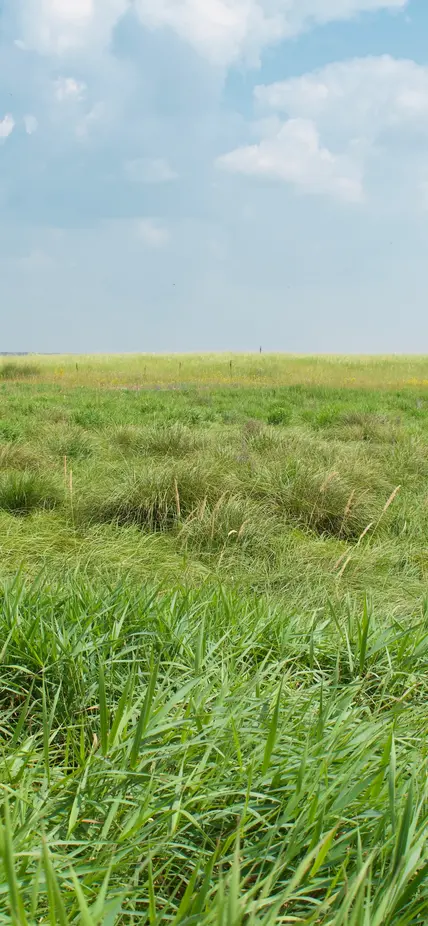Washington, DC—The effects of extreme drought have been greatly underestimated for grasslands and shrublands, according to findings published in Proceedings of the National Academy of Sciences from an international team of scientists including Carnegie’s Jeff Dukes.
Led by Colorado State University, the research quantified the impact of extreme short-term drought on grassland and shrubland ecosystems across six continents with unprecedented detail. It was undertaken as part of the National Science Foundation’s Drought-Net Research Coordination Network—for which Dukes serves on the steering committee—and represents the work of more than 170 co-authors.
“We continue to burn fossil fuels, adding more heat-trapping gases to the atmosphere, and that’s changing many aspects of climate, including extreme droughts—which are expected to become more frequent and severe,” Dukes explained.
What were once considered 1-in-100-year droughts have the potential to happen every two to five years as climate change progresses. But the historical rarity of these events makes it difficult to study their ecological consequences.
“We wanted to understand how these extreme droughts affect plant growth in as many places as possible. I was pleasantly surprised that we were able to recruit enough researchers to set up 100 different sites around the world,” Dukes added.
At each of those sites, the researchers built rainfall-manipulation structures to study the effects of drought on grassland and shrubland plots. They showed that a key measure of ecosystem function—above ground plant growth—was suppressed 60 percent more by extreme 1-in-100 drought events than by less severe droughts.
Their work indicates areas that could be most stressed and most resilient in the coming years as climate change progresses. Drier and less-vegetatively diverse areas are more vulnerable to drought, the researchers showed.
“Our data suggests greater losses in drier sites, but if you are getting to the extremes—which is what is being forecasted—we can generally expect substantial losses no matter where you are in the world,” said CSU’s Melinda Smith, who co-led the study with Kate Wilkins of the Denver Zoo. “We also found that even moderate losses from less severe droughts would still likely result in large impacts to the populations that rely on these systems. And then there is a combined loss of function across the globe to consider as well.”
